This post is sponsored by: Bushmeat: Animals from primates to snakes are valuable commodities in the thriving, albeit illegal, worldwide trade of bushmeat, defined as wildlife killed either by commercial or subsistence hunters. With one million tons of bushmeat taken from African forests every year, the already endangered gorilla population-a primary victim of the trade-is in dire straits. This photo shows a gorilla family in southeast Cameroon (minus the alpha male silverback, who managed to get away) that had been slaughtered in their nests by a bushmeat hunter early one morning. Execution Of a Viet Cong Guerrilla: Last Jew Of Vinnitsa: Picture from an Einsatzgruppen soldier’s personal album, labelled on the back as “Last Jew of Vinnitsa, it shows a member of Einsatzgruppe D is just about to shoot a Jewish man kneeling before a filled mass grave in Vinnitsa, Ukraine, in 1941. All 28,000 Jews from Vinnitsa and its surrounding areas were massacred at the time. Lynching Of Young Blacks: This is a famous picture, taken in 1930, showing the young black men accused of raping a Caucasian woman and killing her boyfriend, hanged by a mob of 10,000 white men. The mob took them by force from the county jail house. Another black man was left behind and ended up being saved from lynching. Even if lynching photos were designed to boost white supremacy, the tortured bodies and grotesquely happy crowds ended up revolting many. Nagasaki Hiroshima Masroon Clouds: Nilgunyalcin Child Vulture: Sudanese child being stalked by a vulture nearby. It is quite obvious that the child was starving to death, while the vulture was patiently waiting for the toddler to die so he can have a good meal. Nobody knows what happened to the child, who crawled his way to a United Nations food camp. Photographer Kevin Carter won a Pulitzer Prize for this shocking picture, but he eventually committed suicide three months after he took the shot. Palestine Father Saving Son: Starving Boy: World Press Photo of the Year: 1980 Mike Wells, United Kingdom. Karamoja district, Uganda, April 1980. Starving boy and a missionary. About the image Wells felt indignant that the same publication that sat on his picture for five months without publishing it, while people were dying, entered it into a competition. He was embarrassed to win as he never entered the competition himself, and was against winning prizes with pictures of people starving to death. The American Bison:
Dr Mobiles Limited (Click here for direction)
1 Huron Street, Takapuna, Auckland 0622
Blog - Twitter - Flickr - SRF 
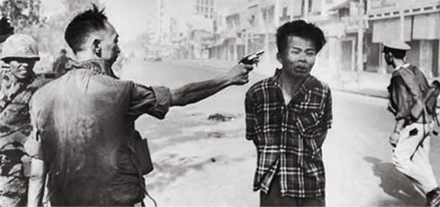
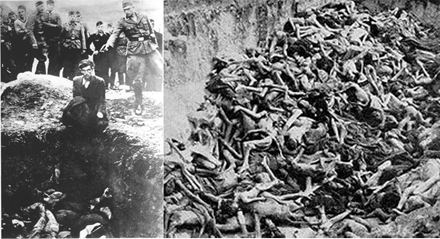
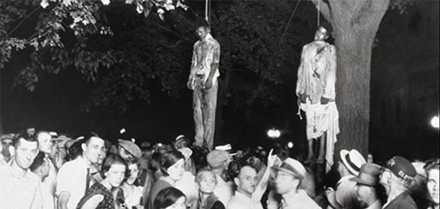
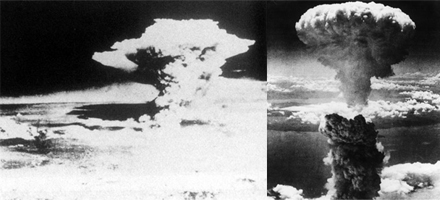
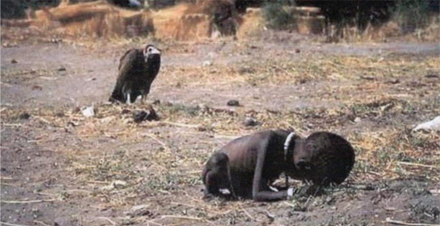
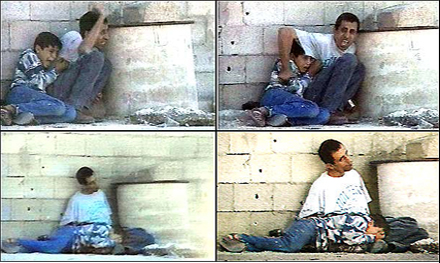

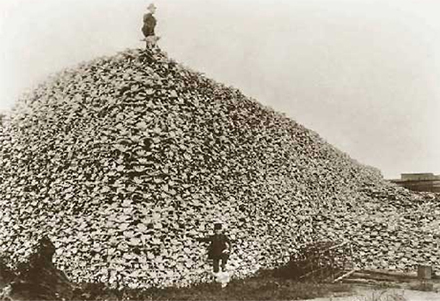
Monday, March 21, 2011
2011: Saddest Pictures in the World (event, people, history, war, humanity, places, tragedy, country)
Subscribe to:
Post Comments (Atom)

No comments:
Post a Comment